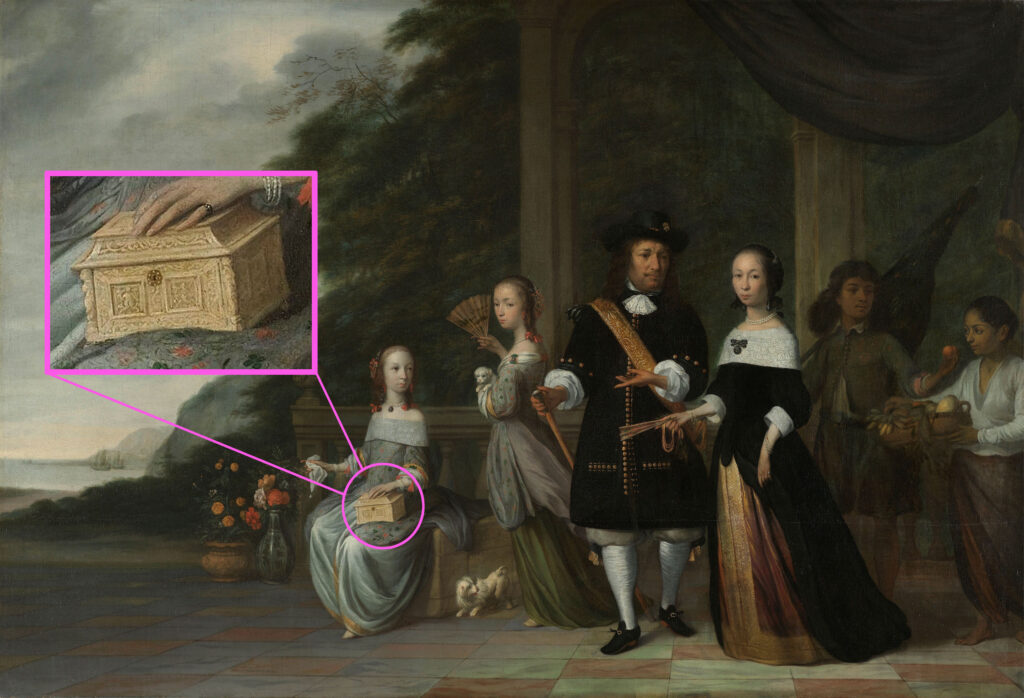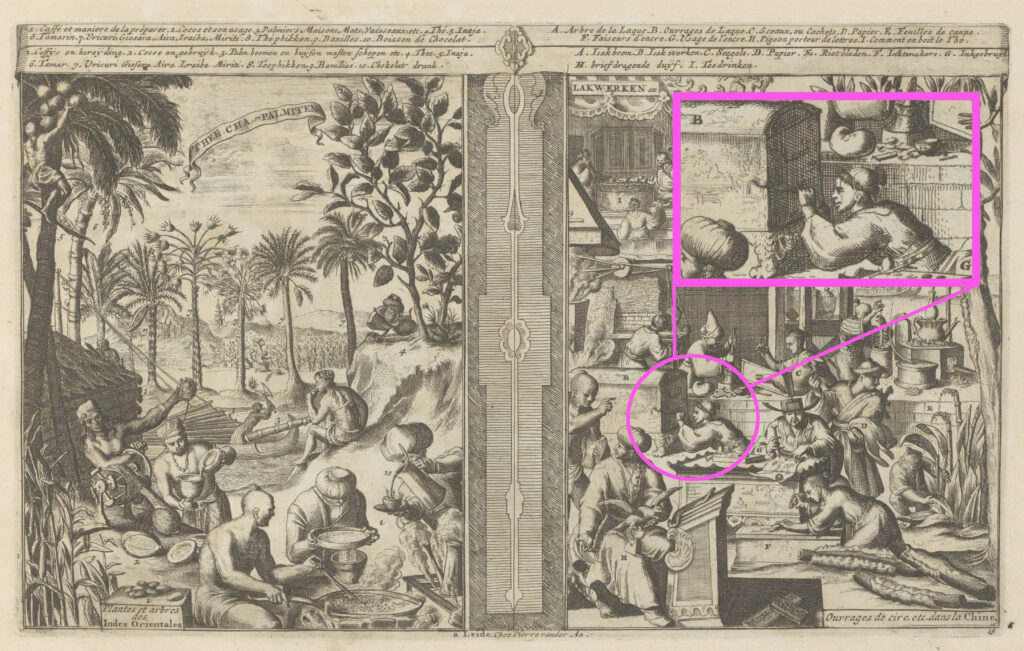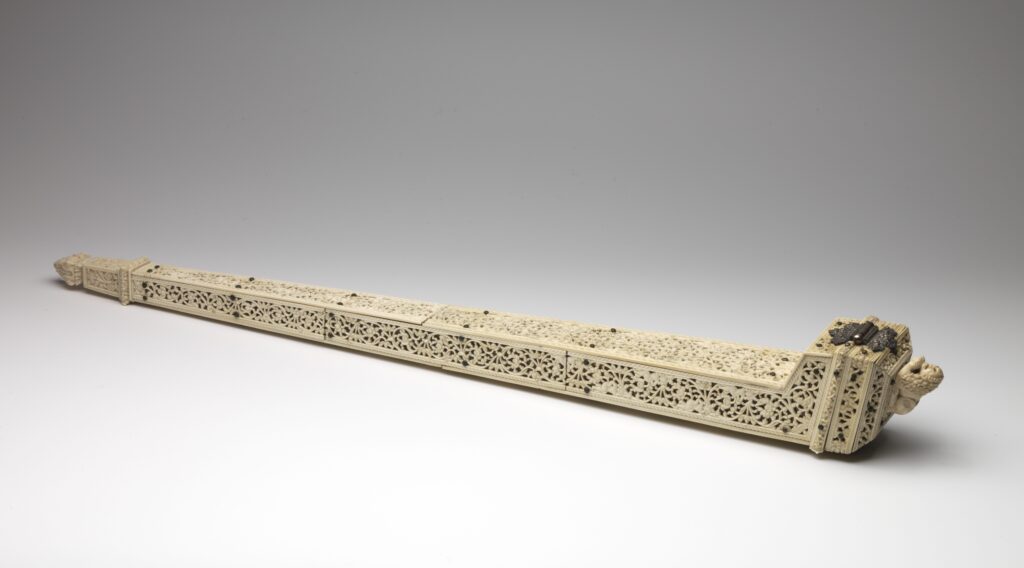Projects
PhD-Project : The Foreign & The Familiar: Understanding Material and Knowledge Encounters in Seventeenth Century Netherlandish Art Objects
How do we come to identify and define “Netherlandish art objects?” What are the characteristics that binds them to the Netherlandish world? When tracing the materiality of these objects, one might come to find that what is seemingly familiar, and “Netherlandish” might not be so after all. Although their forms might be familiar, a closer look at the history of the objects and their global trajectories could reveal otherwise. This PhD project seeks to highlight the global materiality and history of Netherlandish art objects in the seventeenth century by peeling their layers to trace the origins of their raw materials, the techniques of their making as well as the identities of their makers. How did Netherlandish and non-European makers make sense of the foreign in various aspects – from their forms, materials, and techniques? Through an investigation of the materials and the reconstruction of these objects, this project seeks to understand the process of making and remaking, as well as the production and exchange of knowledge that took place through them. Playing on the concepts of the “foreign” and the “familiar”, it also hopes to unravel the complexities embedded in the histories of these objects and their interconnections to the invisible makers from the world beyond Europe.
Nur’Ain (Ain) Taha’s PhD project is part of the NWO-VICI project The Dutch Global Age: Worldly Images and Images of the World in Netherlandish Art (PI: Prof. Dr. Thijs Weststeijn).

Family portrait of Pieter Cnoll, the first chief merchant in Batavia, his wife Cornelia van Nijenroode (Nieuwenrode) and their daughters Catharina (with fan and dog) and Hester (with ivory box). Jacob Coeman, 1665, Oil on canvas, 130 x 190.5 cm, Amsterdam, Rijksmuseum, SK-A-4062.

| Romeyn de Hooghe, Dranken in Oost-Indië; Lakwerk en papier uit China Thee, Cha en Palmiten. (Leiden: Pieter van der Aa, 1682 – 1733). Rijksmuseum, BI-1972-1043-21.  Ivory pipe case (ivoren pijpfoedraal). Ivory, silver, wood, mica and ruby. Sri Lanka, 1675 – 1700, L 64.50cm x W 6.50cm. Museum Gouda, object number 07377. Ivory pipe case (ivoren pijpfoedraal). Ivory, silver, wood, mica and ruby. Sri Lanka, 1675 – 1700, L 64.50cm x W 6.50cm. Museum Gouda, object number 07377. Ivory turner at work. Plate VI. No. 4 in Coomaraswamy, Ananda, 1956, Mediaeval Sinhalese Art: Being a Monograph on Mediaeval Sinhalese Arts and Crafts, Mainly as Surviving in the Eighteenth Century, with an Account of the Structure of Society and the Status of the Craftsmen. Ivory turner at work. Plate VI. No. 4 in Coomaraswamy, Ananda, 1956, Mediaeval Sinhalese Art: Being a Monograph on Mediaeval Sinhalese Arts and Crafts, Mainly as Surviving in the Eighteenth Century, with an Account of the Structure of Society and the Status of the Craftsmen. |

